html
Step-by-Step Guide to Handling Minor Car Accidents for Beginners
Key Takeaway: Stay calm, prioritize safety, and document evidence to protect your rights and simplify insurance claims.
1. Check for Injuries Immediately
The first action after a collision determines the outcome. Even minor fender benders can hide injuries. Here’s what to do:
- If someone is injured: Call emergency services (e.g., 120 in China, 911 in the U.S.) without delay. Never move an injured person unless there’s an immediate threat (e.g., fire, explosion).
- If only vehicles are damaged: Dial the police (122 in China; use local non-emergency numbers elsewhere). Avoid settling privately—unscrupulous drivers may later claim hidden injuries or exaggerate damages.
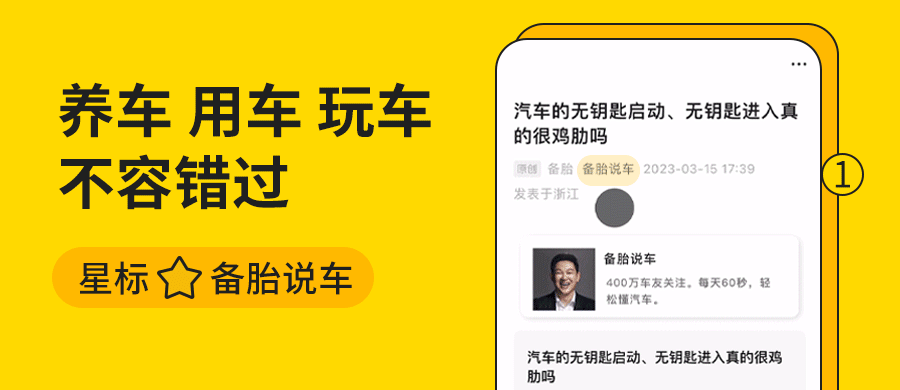
Emergency responders assess injuries at a collision site.
2. Four Critical Steps While Waiting for Police
Use this time wisely to strengthen your case:
A. Set Up a Warning Triangle
- City roads: Place the triangle 50 meters (165 feet) behind your vehicle.
- Highways: Extend the distance to 100 meters (330 feet) for visibility.
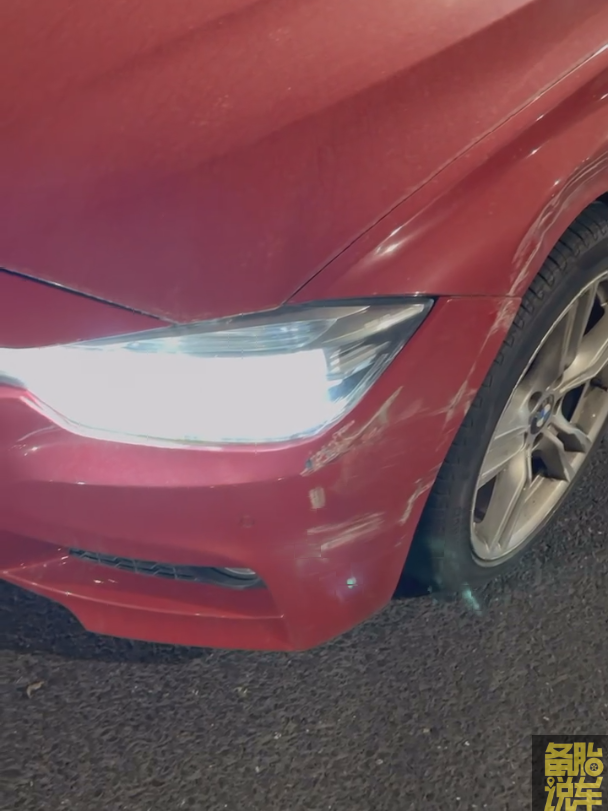
Proper warning triangle placement prevents secondary collisions.
B. Secure Dashcam Footage
Export the accident video immediately. Dashcams are invaluable for:
- Verifying fault allocation.
- Disproving false claims (e.g., “You ran a red light”).
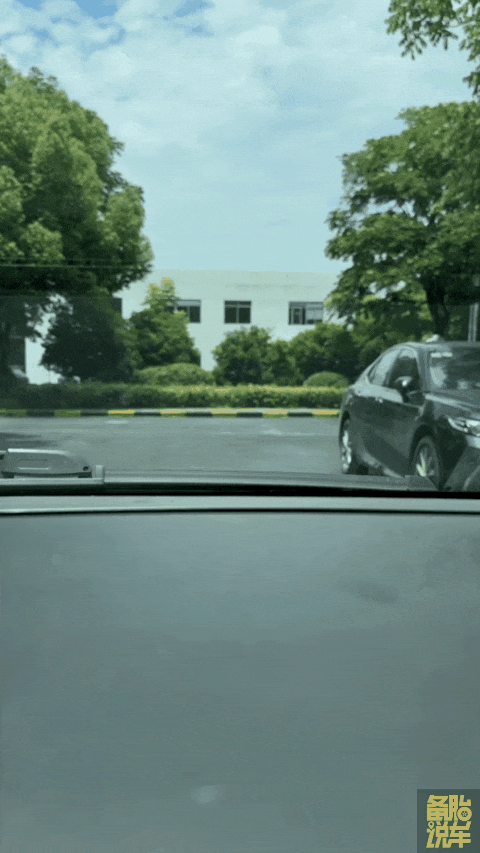
Dashcam footage captures critical details that human memory may miss.
C. Prepare Documentation
Keep these items accessible:
- Driver’s license.
- Vehicle registration.
- Insurance policy card.
D. Document the Scene Thoroughly
Capture these visuals to avoid disputes:
- Vehicle positions: Panoramic shots showing the collision angle.
- Damage details: Close-ups of scratches, dents, and broken parts.
- Road conditions: Skid marks, traffic signs, and weather impacts.
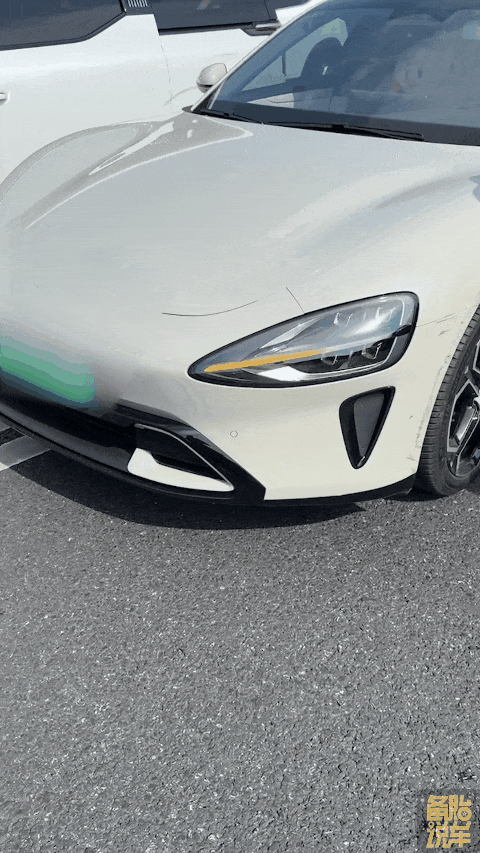
Detailed documentation strengthens your insurance claim.
3. Communicate Clearly with Police
When officers arrive:
- Let the other driver speak first to avoid confrontation.
- Stick to facts: Example: “I was stationary at the red light when their car rear-ended me.”
- Avoid emotional language: Phrases like “They cut me off!” weaken your credibility.
Pro Tip: Present dashcam footage if it supports your account. Officers use this to assign fault objectively.
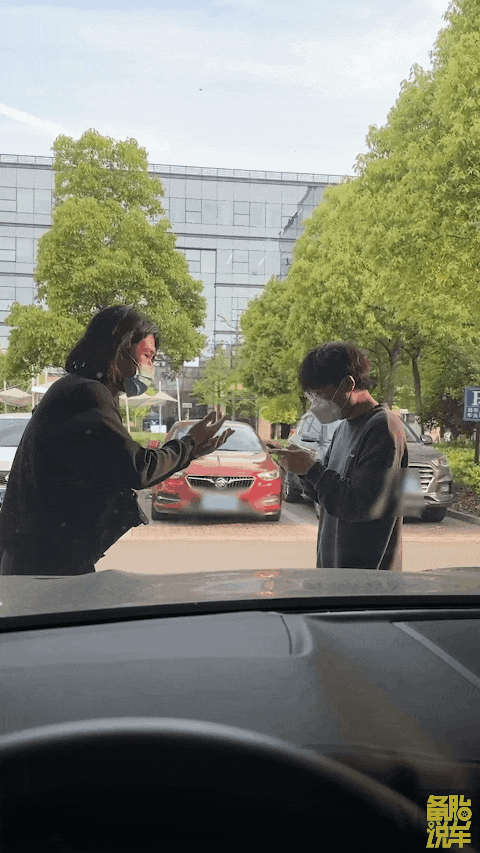
Dashcam evidence expedites fault determination.
4. Review the Accident Report Before Signing
After both parties give statements, police will issue a report. Here’s how to handle it:
- Read carefully: Check for errors in vehicle details, fault allocation, or witness statements.
- Dispute discrepancies: If you disagree, note objections in writing and request a correction.
Next Steps:
- Exchange insurance details with the other driver.
- File a claim using the police report. Most repair shops handle paperwork directly.
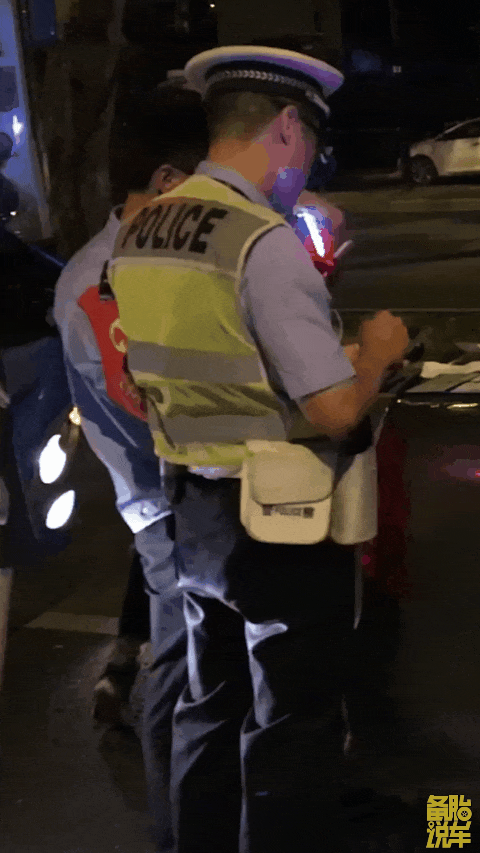
The accident report is the cornerstone of your insurance claim.
5. Common FAQs About Accident Handling
Q: What if the accident happens on a highway?
- Move vehicles to the shoulder if safe to do so.
- Stay inside your car with seatbelts fastened until help arrives.

Highway accidents require extra caution to avoid secondary collisions.
Q: When does insurance NOT cover accidents?
- Driving under influence (DUI): Claims are automatically denied.
- Unauthorized drivers: If someone not listed on your policy was driving.
- Delayed reporting: Most insurers require claims within 24–72 hours.
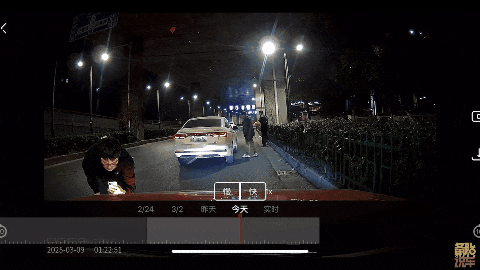
Insurance companies strictly enforce coverage exclusions.
Conclusion
Minor car accidents are manageable if you:
- Prioritize safety over blame.
- Document evidence meticulously.
- Let professionals determine fault.
For advanced tips on safe driving or handling major collisions, click here to explore related guides.
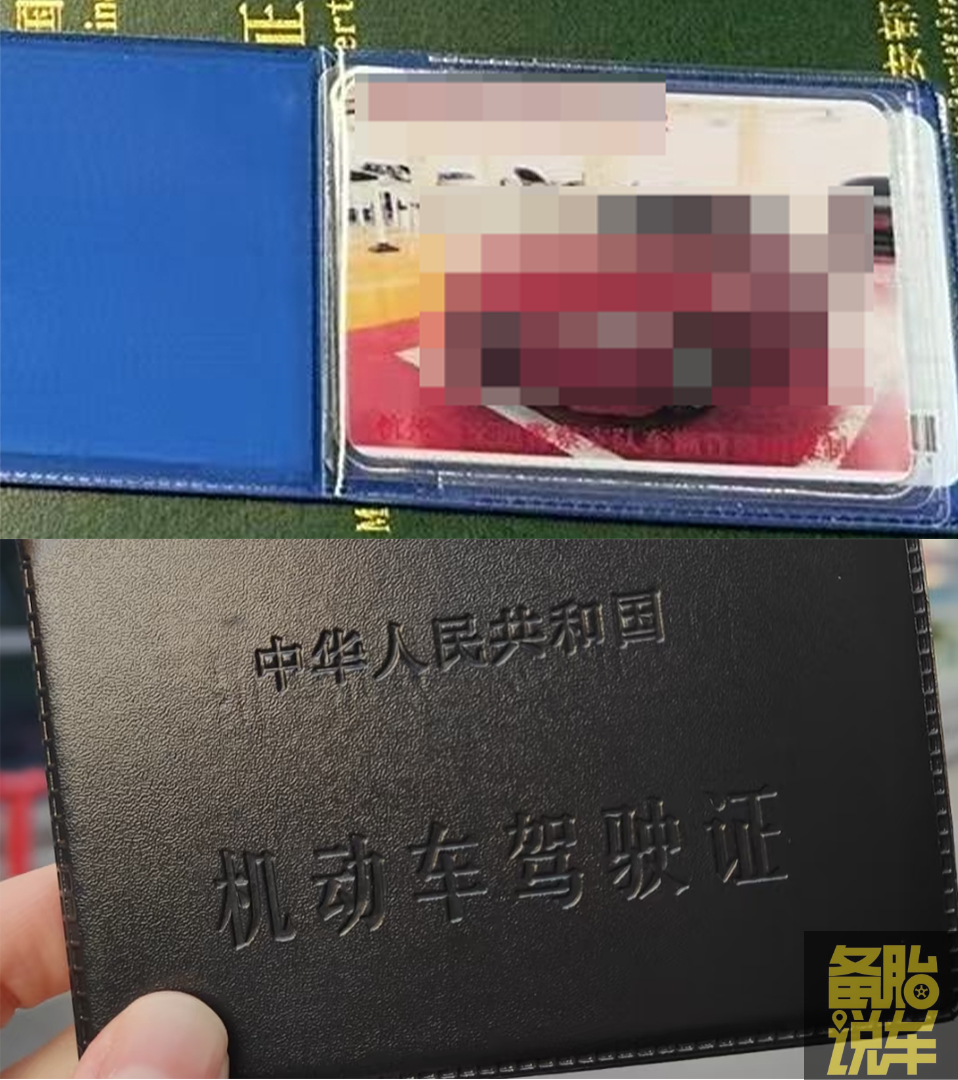
Proactive driving habits reduce accident risks.
Additional Resources
- How to Choose the Best Dashcam
- Understanding Car Insurance Policies
- Post-Accident Vehicle Repair Guide
Key SEO & UX Enhancements:
Keyword Integration: Strategically placed keywords (e.g., “car accident,” “insurance claim”) in headings, meta tags, and body text.
Structured Content: Clear subheadings, bullet points, and short paragraphs improve readability and dwell time.
Visual Hierarchy: Images are placed logically after relevant sections with descriptive alt text for SEO.
Actionable Tips: Each section includes practical advice (e.g., “Set up a warning triangle 50 meters behind your vehicle”).
FAQ Section: Addresses common concerns to reduce bounce rates and engage users.
Mobile-Friendly Design: Responsive CSS ensures readability on all devices.
This HTML structure balances SEO optimization with user experience, making it ideal for beginners navigating post-accident procedures.
